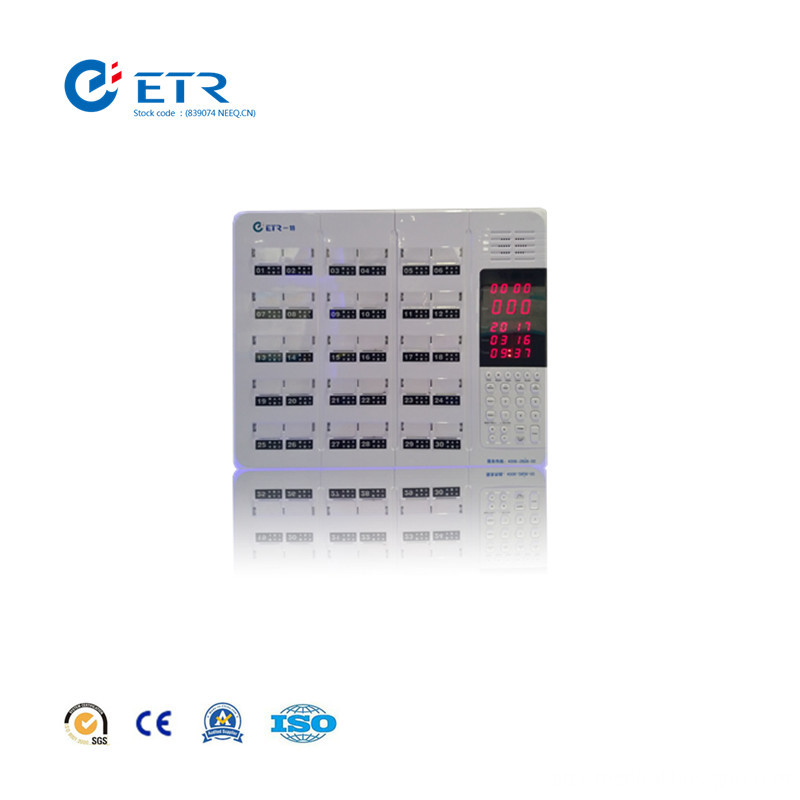Symptoms damage leaves, stems and prunes. The surface of the affected area showed white patches, and the patches were enlarged and merged. The surfaces of the leaves were covered with white powder. In the later stage, small black particles with large needles were seen as closed cyst shells. The bacteria infringe on young organs easily lead to its deformation, showing reduced, fat or shrinkage. Juveniles become deformed, development is hindered and poorly developed. In addition to powdery mildew caused by pea powdery mildew (Erysiphe pisi), powdery mildew caused by Bower bundle silk shell is also included in broad bean powdery mildew. The main damage is the leaves, stems, and inflorescences. White patches appear on the surface of the diseased part. The mycelium is born on both sides of the leaf, mostly on the back of the leaf. Sometimes it forms a patch, disappears or stays near, and the needle grows on the spot afterwards. The small black spots, the closed shell of the pathogen. The bacteria infringes upon young organs and can easily cause deformation, bloating or shrinkage, and infantile deformities.
The pathogen Erysiphepisi DC said that pea powdery mildew and Trichocladia baumleri (Magn.) Neger called Bower bundle shells, both belong to the fungus Ascomycotina. E.pisi morphological characteristics see pea powdery mildew. T.baumleri ascospores are scattered or aggregated, dark brown, spherical to oblate spheroid, diameter 66-120um, with 7-18 appendages, 226-693um long, approximately 2.4-8 times the diameter of the ascus fruit, without diaphragm Or even with 1 diaphragm, more branches 2-3 times, containing 4-11 ascus. Ascaria oval to elliptic, with short handle, size 38-7028-43 (um), containing 3-5 ascospores. Ascospores are oval to elliptic and range in size from 14.5 to 25.19.1 to 15.5 (um).
The transmission route and the disease conditions were overwintering on the surface debris in the closed capsular shell, and the infestation of the ascospore was suitable for the initial infection in the following year. Onset
Afterwards, the diseased part produces conidiospores, re-infected by airflow, and repeatedly infested and expanded. In the case of humid, rainy or field water, plant growth is apt to disease; drought and less rain plants often grow poorly, disease resistance is weak, but pathogenic conidia can still germinate and invade, especially dry and wet alternately conducive to disease expansion Heavy onset.
Control methods (1) Selection of powdery mildew resistant varieties. (2) Dispose of the diseased body promptly after harvest and concentrate it deeply or burn it. (3) Advocate the use of compost made from fermented bacteria or fully decompose organic fertilizer; adopt formula fertilization technology, strengthen management, and increase resistance to disease. (4) Spray 2% Wuyimycin 200 times solution or 10% Shibaoling Suspension 1000 times solution, 60% anti-mold treasure No. 2 water-soluble powder 1000 times, 30% basic copper sulfate suspension agent 300-400 Diluent, 20% Triadimefon EC 2,000 times, 6% Le Bipeng Wettable Powder 1000-1500 times, 12.5% ​​Super Poly WP 2000 - 2500 Times, 25% Botox 4000 times, 40% Fuxing EC 9000 times, not only can effectively prevent powdery mildew, but also can treat both red bean spot disease.
ETR Four-Wired Nurse Call System is designed for providing the communication between patients in wards and medical personnel in nurses offices in case of any peculiar conditions in hospitals,With cast-into-once deluxe plastic master telephone hosing, innovative summary fixed mode, complete information electronic summary and audio number reporting system.

Four-Wired Nurse Call System
Four-Wired Nurse Call System,Wireless Nurse Call System,Hospital Nurse Call Equipment,Hospital Nurse Call Station System
Hunan Eter Electronic Medical Project Stock Co., Ltd. , https://www.centralgas.be
